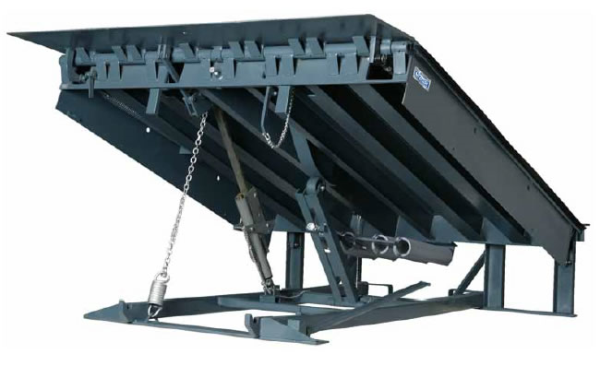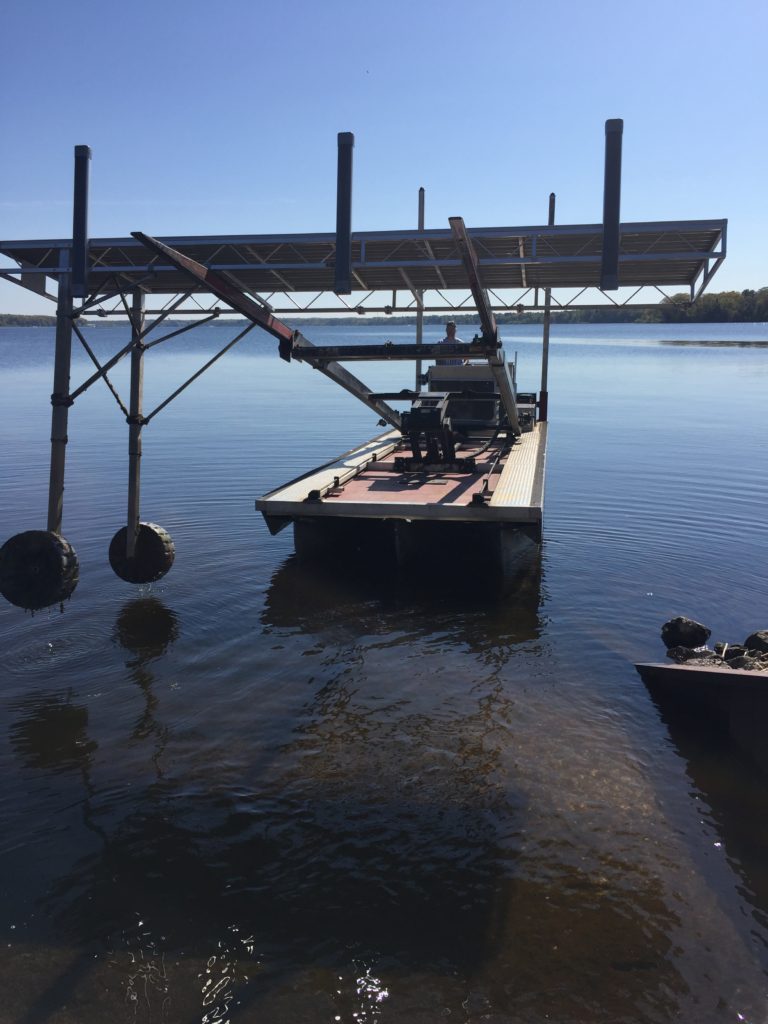Why Routine Maintenance Can Minimize Future Dock Repairs
Why Routine Maintenance Can Minimize Future Dock Repairs
Blog Article
Reliable Dock Repair Service Techniques: Ensuring Architectural Honesty
Ensuring the structural stability of anchors through efficient repair service techniques is vital for the longevity and safety and security of marine facilities. This involves a multi-faceted technique beginning with extensive assessments making use of innovative innovations like finder equipment and from another location operated vehicles (ROVs) to identify both noticeable and concealed damages. Ultimately, picking the appropriate fixing products, such as composite products and corrosion-resistant alloys, is essential for toughness. Architectural reinforcement approaches, consisting of the execution of cross-bracing systems and load-distribution plates, play a crucial function in mitigating tension points. Nonetheless, the significance of these methods becomes evident when checking out advanced repair work methods and preventative maintenance approaches.
Analyzing Dock Damages
Analyzing dock damages is a vital initial step in ensuring the structural integrity and security of any type of docking center. This preliminary assessment includes an extensive assessment to determine both hidden and noticeable damages. Secret aspects to check out consist of the dock's structure, pilings, decking, and hardware. Each component must be inspected for signs of wear, rot, corrosion, or various other types of degradation that might compromise the architectural integrity.
Structural designers or certified examiners normally do these assessments utilizing specialized methods and devices. For example, undersea assessments could utilize finder devices or from another location operated cars (ROVs) to spot submerged damage. Above water, aesthetic assessments are enhanced by utilizing moisture meters and various other diagnostic devices to discover underlying issues not instantly visible to the nude eye.

Deciding On Repair Work Products
Choosing the suitable repair products is a critical action in the dock restoration procedure, one that straight influences the durability and performance of the fixed framework. Product choice should be driven by factors such as ecological problems, load-bearing needs, and compatibility with existing dock elements.
Along with timber, composite products are increasingly prominent as a result of their longevity and low maintenance needs. Compounds, generally made from a mix of plastic and wood fibers, provide exceptional resistance to rot, insects, and UV damages. For steel docks, choosing corrosion-resistant alloys such as galvanized steel or marine-grade light weight aluminum is necessary to protect against corrosion and ensure structural integrity in saline water conditions.
Epoxy resins and marine-grade sealers are essential for repairing cracks and sealing joints, giving a water-proof barrier and improving the dock's general stamina. By thoroughly choosing premium products, dock repair work can attain long-lasting results, thereby securing versus future destruction and making sure risk-free, trustworthy use.
Structural Reinforcement Strategies
Effective structural reinforcement techniques are essential in making sure the stability and durability of dock repair services. One essential approach entails using steel or composite reinforcement bars (rebar) within concrete structures. Rebar gives extra tensile strength, preventing splits and dispersing loads much more uniformly. This method is particularly reliable for docks revealed to hefty tons or severe ecological problems.
One more crucial method is the application of fiber-reinforced polymers (FRP) These materials supply high strength-to-weight proportions and superb resistance to rust, making them excellent for enhancing concrete or wood anchors. FRP can be used in sheets or strips and bound with epoxy resins to improve architectural integrity.
Supporting and anchoring systems likewise play a critical function in architectural support. Cross-bracing, using metal or wooden light beams, can combat lateral pressures, lowering guiding and movement. Anchoring systems, such as helical piers or driven stacks, offer a stable foundation by moving tons to deeper, more stable soil layers.
Lastly, the assimilation of load-distribution plates can help disperse weight extra evenly across the dock's surface area, mitigating localized stress points. These strategies jointly make sure that anchors remain risk-free and durable, efficient in holding up against the rigors of their operational atmosphere.
Advanced Fixing Approaches

Another innovative technique involves underwater welding, which enables fixings to be carried out without the need to dewater the area. This method is specifically helpful for attending to structural problems in submerged dock elements, making certain marginal disturbance to operations. Improved welding techniques, paired with robotic systems, deliver accuracy and dependability, consequently expanding the life expectancy of the dock.
Furthermore, cathodic defense systems are implemented to avoid deterioration in metal dock frameworks. By utilizing sacrificial anodes or amazed current systems, these strategies efficiently alleviate the electrochemical processes that lead to product wear and tear.
Lastly, progressed monitoring modern technologies, such as architectural health and wellness monitoring (SHM) systems, provide real-time data on the problem of dock frameworks. These systems enable proactive maintenance and prompt treatments, eventually ensuring the long-term architectural stability of the dock.
Maintenance and Prevention
Maintenance and avoidance are basic principles that underpin the durability and safety and security of dock structures. Regular examinations are paramount, enabling early detection of damage, possible weak points, and ecological influences. An aggressive strategy, including regular look for deterioration, rot, and structural changes, mitigates costly repair work and extends the dock's functional life.
Preventative actions must include using protective finishings to steel components to defend against corrosion and using treated timber to resist decay. In addition, guaranteeing proper water drainage and ventilation can avoid water build-up, which is a common reason for architectural destruction. Incorporating high quality products and sticking to supplier guidelines throughout building and repair service phases also play essential functions in improving longevity.

Training employees in dock upkeep ideal practices makes certain constant application of safety nets. Leveraging technical developments, such as drones for inspections and sensors for real-time monitoring, can better boost maintenance initiatives. By prioritizing upkeep and avoidance, dock proprietors can make certain structural stability, operational safety and security, and cost-effective monitoring over the dock's life-span.
Conclusion
In verdict, maintaining the architectural integrity of this aquatic facilities necessitates extensive dock repair service methods. Advanced repair service strategies, coupled with regular upkeep practices, make certain the dock continues to be functional and secure under varied environmental conditions.
Making certain the structural integrity of anchors with reliable repair strategies is paramount for the long life and security of marine centers.Selecting the ideal fixing products is an essential action in the dock restoration procedure, one that directly affects the long life and performance of the repaired structure.Effective structural reinforcement techniques are critical in guaranteeing the security and longevity of dock repair work. By prioritizing maintenance and avoidance, dock proprietors can ensure structural honesty, functional safety and security, and cost-effective management over the dock's life expectancy.
In final thought, preserving the structural stability of marine facilities necessitates detailed dock repair strategies.
Report this page